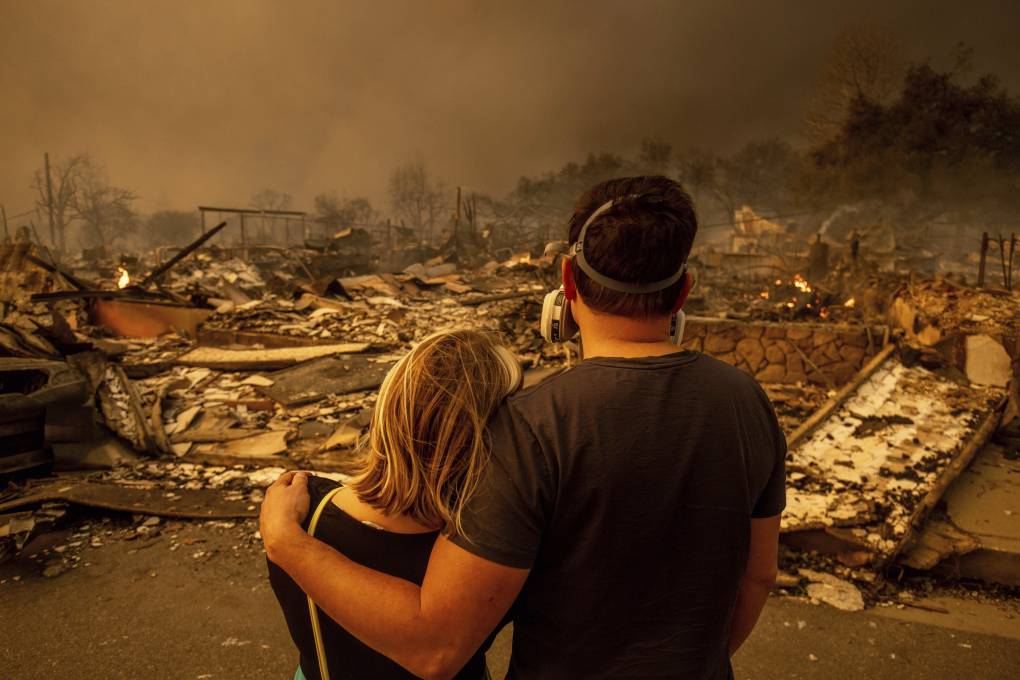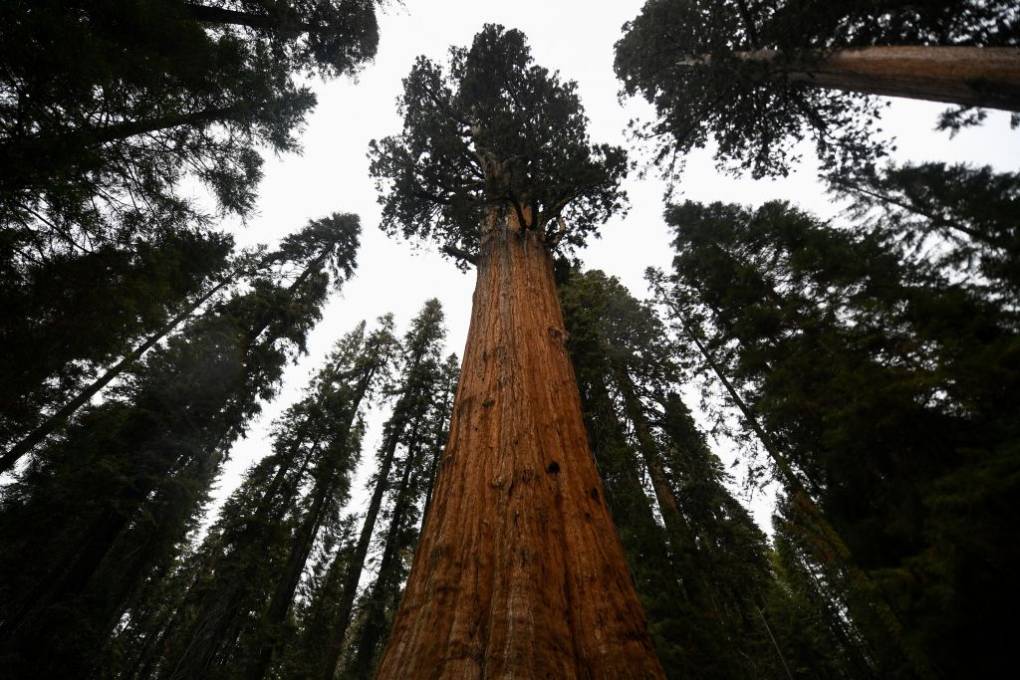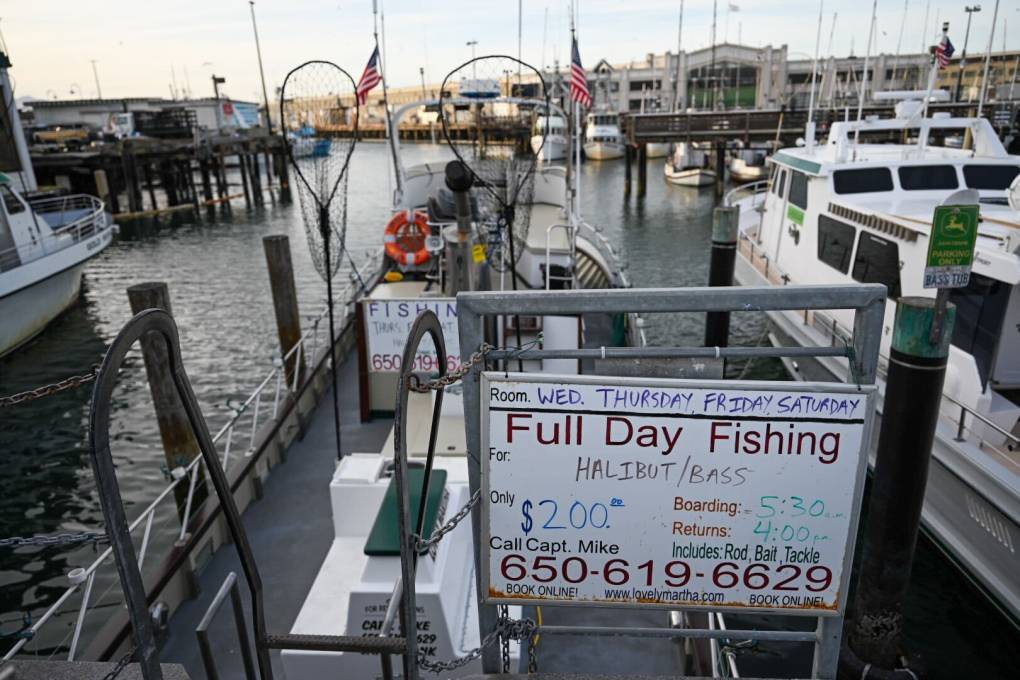Despite the recent rain and snow, significant parts of the state’s water system are still under stress from extremely dry conditions that persisted throughout most of the year, dropping many of California’s largest reservoirs to record and near-record lows.
“Conserving water and reducing water waste are critical and necessary habits for everyone to adopt as we adjust to these uncertainties and we build resilience to climate change, so adopting emergency regulations now just makes sense,” said Eric Oppenheimer, chief deputy director for the state water board. “We need to be prepared for continued drought.”
Northern California was wetter than Southern California in November and conserved significantly more water.
Regions north of the San Joaquin River, including Sacramento and San Francisco, used between 17% and 26% less water than they did in November 2020, while Los Angeles, Orange and San Diego counties, which account for 55% of the state’s population, used nearly 1% more, according to state data.
In August alone, the city of Healdsburg came together to reduce its water use by almost half, compared to the year before.
Among the water uses that won’t be allowed under the new rules: outdoor watering that results in excessive runoff into the street and onto sidewalks; using water for landscaping and irrigation during the 48 hours after storms that bring at least 0.25 inches of rain; washing cars with hoses lacking shutoff nozzles; and using potable water to wash driveways, sidewalks, buildings and patios and for street cleaning or to fill decorative fountains or lakes.
There are some exceptions. For example, trees in street medians can be watered, while turf cannot.
The rules take effect once an administrative review is completed.
Though much of the U.S. West is in drought, no other Western state has adopted statewide restrictions on residential water use. Instead, it’s local governments and water agencies in places like Denver and Las Vegas that are setting policies about when people can water their lawns. For example, the Las Vegas region adopted restrictions on planting grass, including banning it in front yards, in an effort to save water.
California adopted similar restrictions during the five-year drought that ended in 2017, and some cities and local water districts made them permanent. Such constraints were just one piece of the state’s conservation approach, which also included incentives for Californians to rip up water-hungry lawns in favor of drought-resistant landscaping.
Though the current regulations include an ability to fine violators up to $500 per day, fines were rare last time around. The state has no plans to put “water cops” on the streets, Oppenheimer said, but he noted that during the last drought many local water districts beefed up staff to monitor conservation and compliance.
The state also has a website where individuals can report their neighbors or others they see violating the rules. The complaints will be directed to the relevant local water agency. During California’s last drought, some residents engaged in so-called “drought shaming” — the practice of publicly outing people who are wasting water by posting videos to social media.



